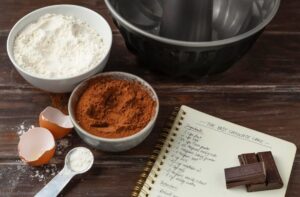The Food Blog
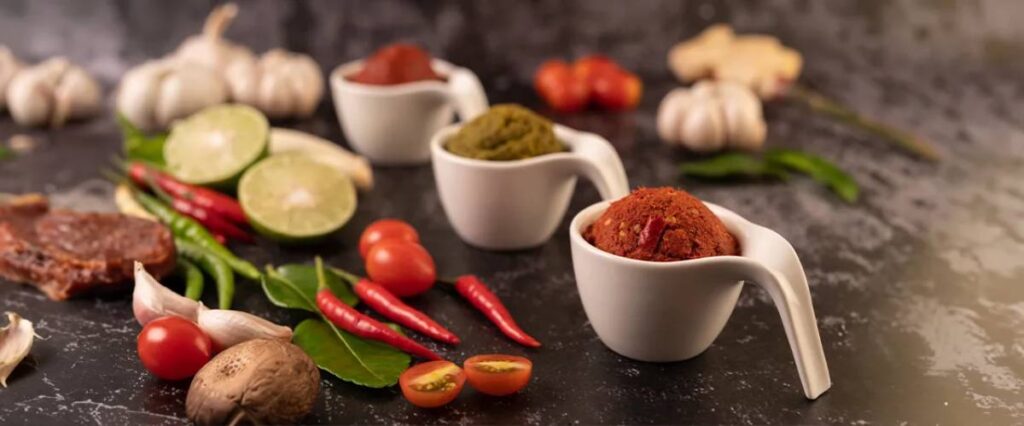
How to Perfectly Season Every Dish
Knowing how to season well is one of the best things a home cook can master. Learning to balance flavours ensures that each dish you create is rich, complex, and well-rounded. Whether it’s learning how to cook with salt, sugar, and acid or considering the best way to add seasoning, knowing the science behind flavour can elevate your cooking.
Whether bringing out the best in natural ingredients or developing signature spice blends, seasoning is key to any dish. In this guide, we’ll run through essential seasoning techniques, how to balance flavours without overpowering a dish, and expert advice for getting every meal to taste restaurant-quality.
Understanding Flavor Balance
Every well-seasoned dish balances five key tastes:
- Saltiness: Enhances natural flavours and helps counteract the bitterness.
- Sweetness: Adds depth and contrast, balancing acidity and spice.
- Acidity: Brightens and sharpens flavours, cutting through richness.
- Bitterness: Adds complexity and can prevent dishes from being overly sweet or bland.
- Umami: The savoury taste is found in ingredients like soy sauce, mushrooms, and aged cheese.
By balancing these elements, you can create dishes that taste full and satisfying rather than flat or one-dimensional.
Cooking with Salt, Sugar, and Acid
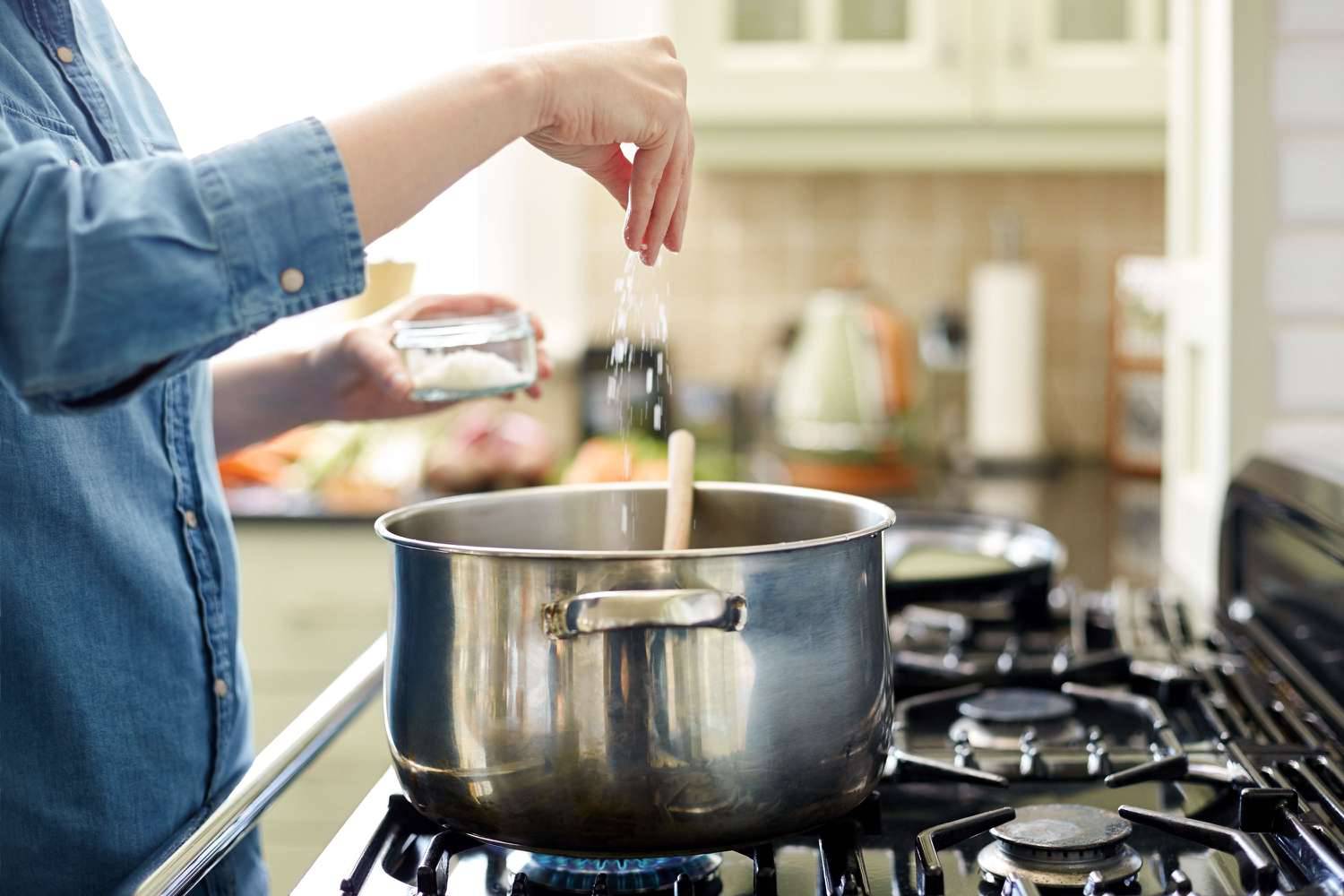
1. How to Use Salt Effectively
Salt is the most essential seasoning in cooking. It enhances natural flavours, balances bitterness, and brings out the best in other ingredients.
Best Practices for Cooking with Salt:
- Layer Your Seasoning: Add salt gradually during cooking rather than all at once.
- Use Different Types of Salt: Kosher salt, sea salt, and Himalayan salt each have unique textures and flavours.
- Salt Meat in Advance: Dry brining (salting meat a few hours before cooking) enhances moisture and tenderness.
- Finish with a Sprinkle: A pinch of flaky sea salt at the end of cooking adds texture and depth.
- Pair Salt with Sweetness: The combination of salt and sugar enhances complexity in many dishes, such as salted caramel or barbecue rubs.
2. The Role of Sugar in Cooking
Sugar is not just for desserts—it plays a crucial role in balancing flavours in savoury dishes as well.
Best Ways to Add Sweetness:
- Balance Acidity: A pinch of sugar can cut the sharpness of tomato-based sauces or vinaigrettes.
- Enhance Browning: Sugar helps create a caramelised crust on roasted vegetables and meats.
- Counteract Bitterness: A touch of honey or maple syrup can smooth out overly bitter flavours in greens like kale or Brussels sprouts.
- Use Sugar in Spice Blends: Brown sugar is often included in dry rubs to create a balanced, deep flavour.
3. How Acid Elevates Flavor
Acidity brightens flavours and keeps dishes from tasting too heavy.
Best Sources of Acid:
- Vinegar (balsamic, apple cider, rice wine)
- Citrus juice (lemon, lime, orange)
- Fermented ingredients (kimchi, yoghurt, pickles)
- Wine (red and white) for sauces and reductions
When to Use Acid:
- Add a squeeze of lemon juice at the end of cooking for a fresh, bright finish.
- Use vinegar in marinades to tenderise proteins.
- Balance rich or fatty dishes (such as creamy pasta) with a splash of acid to cut through the heaviness.
- Combine acid with salt to enhance umami flavours in broths and soups.
Best Ways to Add Seasoning
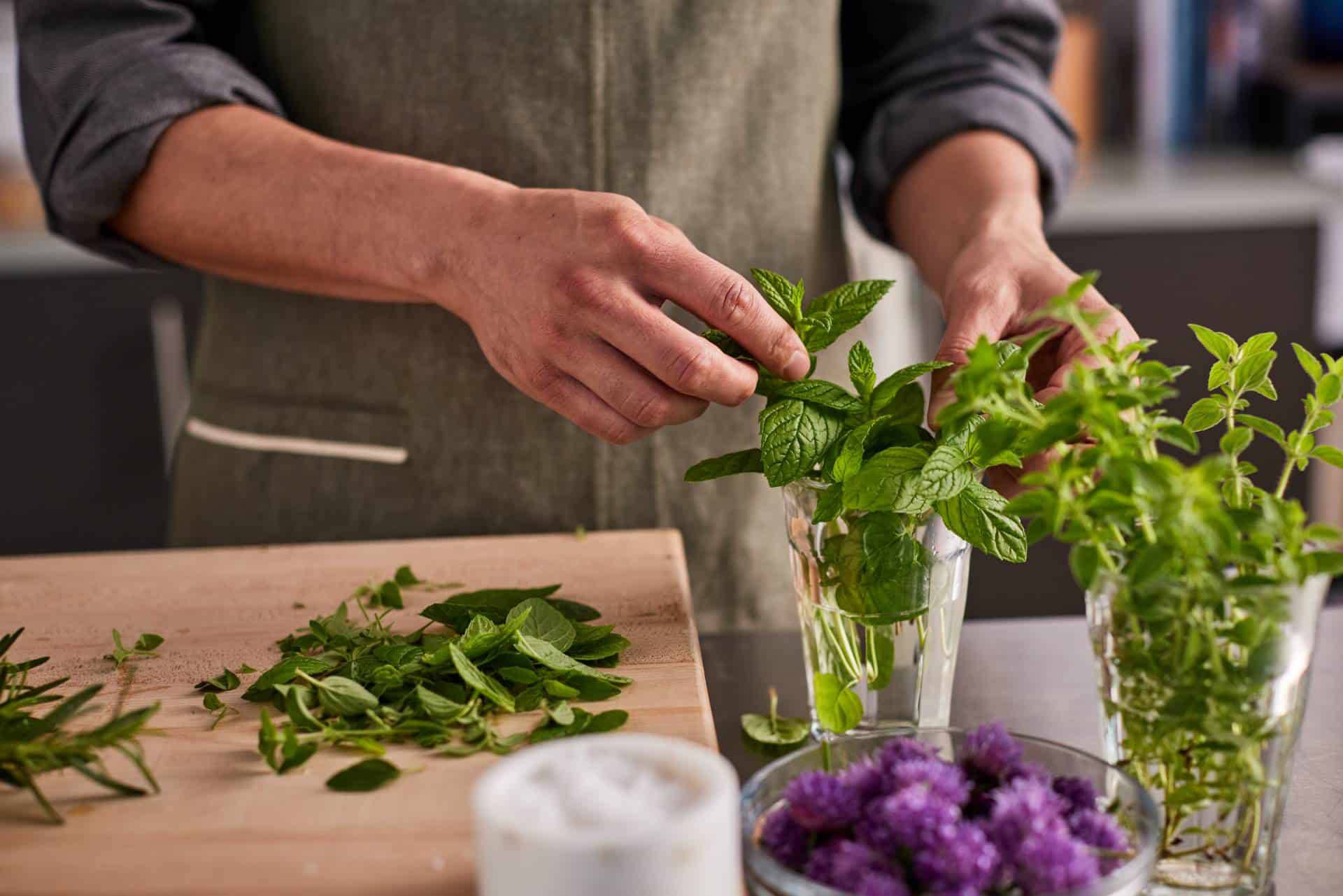
1. Using Fresh and Dried Herbs
Herbs can completely transform a dish by adding aroma, freshness, and depth.
When to Use Fresh vs. Dried Herbs:
- Fresh Herbs: Best for finishing dishes, salads, and garnishing.
- Dried Herbs: Have a more concentrated flavor and are ideal for slow-cooked meals and spice blends.
Common Herb Pairings:
- Basil & Tomatoes (Italian dishes)
- Cilantro & Lime (Mexican and Thai cuisine)
- Rosemary & Garlic (Roasts and potatoes)
- Thyme & Mushrooms (Sauces and soups)
Techniques for Using Herbs:
- Bruising Fresh Herbs: Lightly crush basil, mint, or rosemary before adding to dishes to release their essential oils.
- Infusing Oils: Steep fresh herbs in warm oil to create flavoured oils for drizzling over dishes.
- Blending Dried Herbs: Mix different dried herbs to create your seasoning blends for meats, vegetables, or soups.
2. Building Depth with Spices
Spices add warmth, heat, and complexity to dishes. Understanding how to use them effectively can elevate any meal.
Essential Spice Pairings:
- Cumin & Coriander: Perfect for curries and Latin dishes.
- Smoked Paprika & Chili Powder: Adds a deep, smoky heat to BBQ and grilled meats.
- Turmeric & Ginger: Provides a warm, earthy base for Indian food and Middle Eastern cooking.
- Cinnamon & Nutmeg: Often used in sweet and savoury dishes, like Moroccan tagines and spiced baked goods.
Toasting Spices: Dry toasting whole spices in a pan before grinding releases their essential oils and intensifies their aroma.
3. The Power of Umami
Umami is the fifth taste that gives food a deep, savoury flavour.
Sources of Umami:
- Aged cheese (Parmesan)
- Mushrooms (shiitake, porcini)
- Soy sauce and miso
- Tomato paste
- Anchovies
- Fermented products like kimchi and Worcestershire sauce
How to Use Umami:
- Add a small amount of soy sauce or fish sauce to soups and stews for a richer taste.
- Stir in a bit of tomato paste when browning meats to intensify the flavour.
- Sprinkle Parmesan over pasta and roasted vegetables for a finishing touch.
- Use mushrooms or miso paste in plant-based dishes to add depth and savoriness.
Balancing Flavors in Cooking
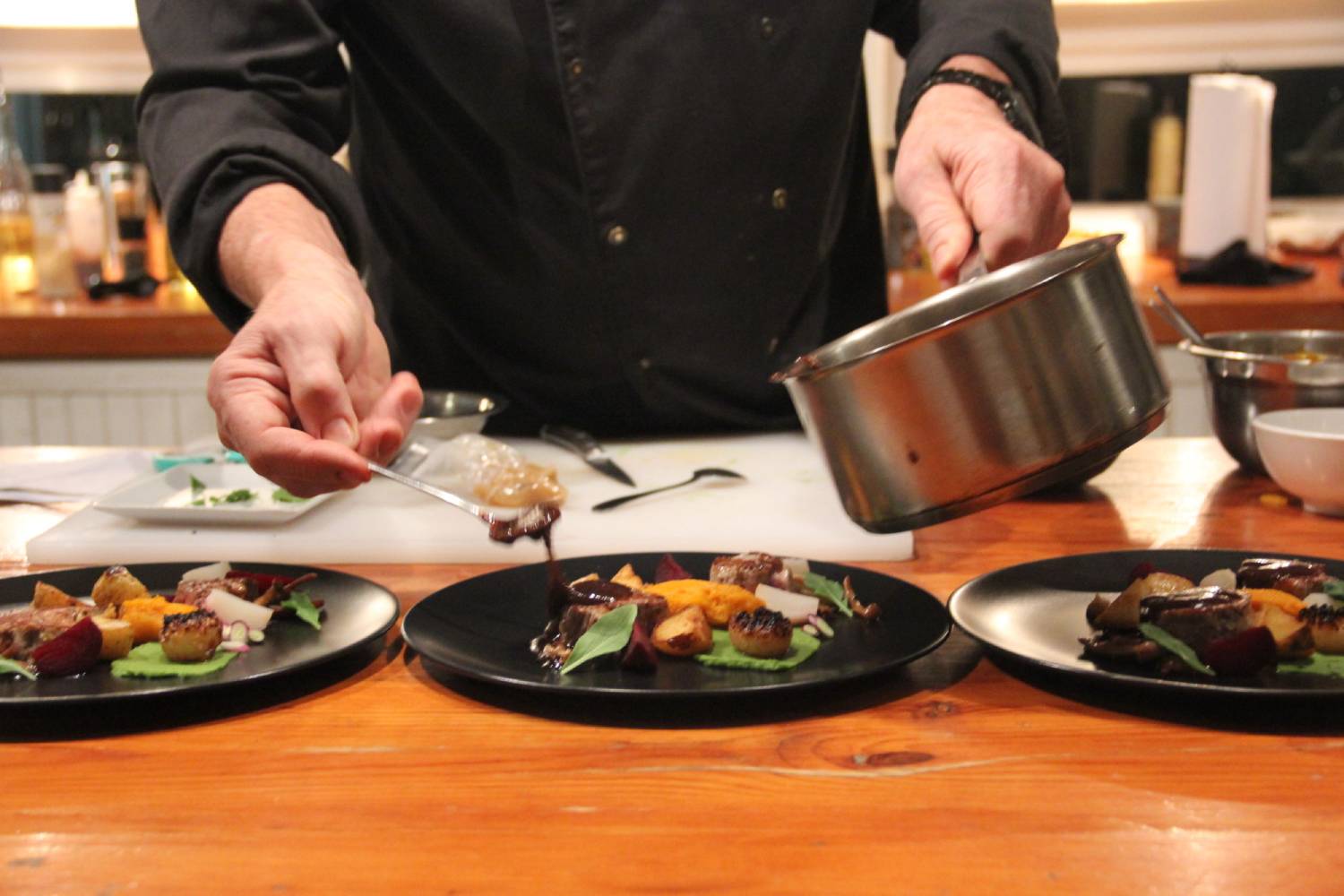
1. Adjusting Flavors While Cooking
Sometimes, a dish doesn’t taste quite right—here’s how to fix it:
- Too Salty? Add a squeeze of lemon juice or a pinch of sugar to counteract it.
- Too Sweet? Balance with a touch of vinegar or citrus juice.
- Too Bitter? Add a pinch of salt or a little honey to soften the taste.
- Too Bland? Try adding a pinch of salt first, then assess if more acidity or sweetness is needed.
2. Layering Flavors for Maximum Depth
Instead of adding all your seasonings at once, build complexity by layering flavours:
- Start with Aromatics: Sauté onions, garlic, or shallots as the foundation of your dish.
- Add Spices Early: Let them bloom in hot oil for enhanced fragrance and flavour.
- Incorporate Acids at the End: Brighten up the dish with lemon juice or vinegar just before serving.
- Let Flavors Develop: Some dishes taste even better the next day as flavours meld.
Tips for Seasoning Every Dish Like a Pro
- Taste as You Cook: Adjust seasoning gradually rather than all at once.
- Use High-Quality Salt: Sea salt and kosher salt provide better flavour than table salt.
- Balance Texture and Flavor: A pinch of finishing salt or fresh herbs can add contrast to a dish.
- Experiment with Global Seasonings: Explore spice blends from different cuisines, such as garam masala, za’atar, or herbes de Provence.
- Keep a Flavor Log: Take notes on successful seasoning combinations to refine your skills.
Season Every Dish Expertly
For example, mastering the balance of flavors, as well as the best methods to add seasoning, can make a dramatic difference in your cooking style. And whether you’re going for salt, sugar, and acid or using herbs and umami-rich ingredients, the path to seasoning dishes lies in mindful tweaks and building flavors.
By applying these seasoning techniques, you can elevate everyday meals into restaurant-quality creations. Start experimenting with these tips and discover your signature style in the kitchen!





